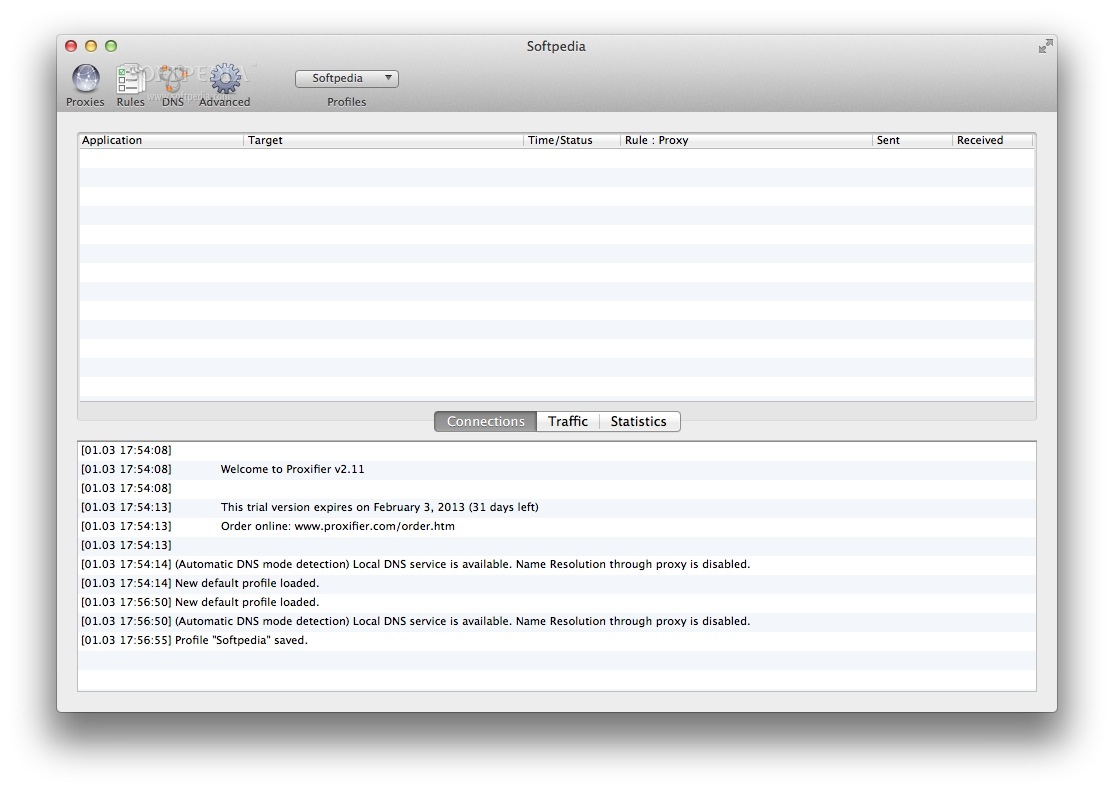Proxy server free download - PS3 Media Server, Server Tools, MySQL Database Server, and many more programs. Mar 18, 2016 If you wish to connect to a Socket Secure (SOCKS) proxy server from a system running Apple's OS X operating system, you can do by taking the following steps:. Click on the Apple icon at the top, left-hand corner of the screen and select System Preferences.; Click on Network.; Select the network connection for which you wish to use a SOCKS proxy, e.g., Wi-Fi, by clicking on it.
Additionally, are you looking to just proxy the traffic (potentially caching content at your network edge) or are you looking for content filtering, too (e.g. prevent users visiting certain sites)?
If you're just looking for a web proxy then you can just build and install squid (it works well), or use the built-in Apache 2 server (although I would recommend upgrading to apache 2.2 rather than the 2.0.x bundled version).
If you've used squid in the past then that might be the easier way to go. Squid can also act as a proxy for other protocols, so it might fit your needs better.
Both Squid and Apache require configuring via the terminal. If you're not familiar with building applications on the command line then you might consider a commercial package such as InterGate which packs a proxy server into a package along with various other 'net goodies (rate filtering, connection teaming, NAT, content filters, etc.).
Should I reposition the Server between the users router and internet connection
That depends. If you want to force users to go through the proxy you might have to otherwise you're relying on users' systems being configured to use the proxy, which experienced users might be able to circumvent.
I cannot locate the internet sharing tab. I have checked the proxy box but know it isn't that easy.
In Mac OS X Server, all sharing functions are controlled via either Workgroup Manager (sharepoints, access control, etc.) or Server Admin (process configuration/stop/start/monitoring), but there's no 1-button proxy server setting.

I think, like too much of Apple's documentation, the explanation is a little too vague.
Apache's proxy service runs within the context of a virtual host (what Apple calls a 'site'), and their documentation kind of assumes that you're hosting a regular site on your server as well as acting as a proxy for your network.


In general you don't want to expose your proxy to the outside world (only intenal clients should be permitted to use the proxy) and if you're running a public site (e.g. www.yourdomain.com) on your server then you really don't want to enable the proxy there. For that reason Apple are suggesting you create another site/virtual host that has the proxy server enabled.
If you want more fine-grained access control or better separation from other web services there are other caching proxy servers that you might consider instead of Apache. Squid is one of the better-known ones.
Mac Os X Proxy Server Software Windows 10
Jul 3, 2011 10:21 PM